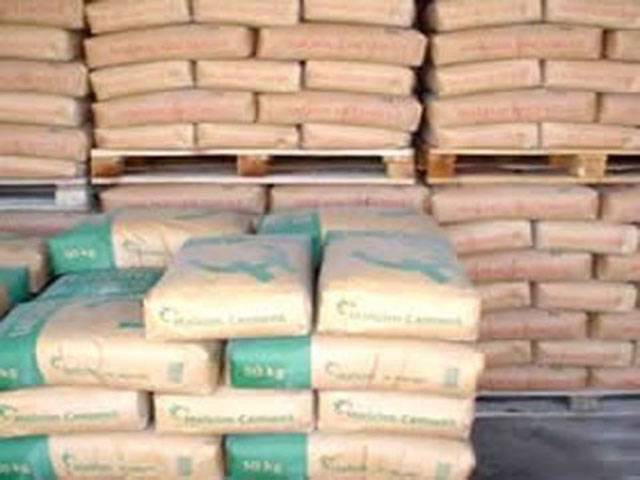LAHORE - SALMAN ABDUHU - Although the economic scenario and consequent weakening of rupee against US dollar has negative repercussions on macro economy, several sectors linked to dollar are going to reap benefits, especially textile, independent power producers, exploration and production (E&P) and chemicals. While cement and automobile manufacturers would feel the heat, experts said.
Experts said that with rupee hitting record low of 92.05 against US dollar in interbank market, Pak Rupee has depreciated by 7 per cent during the current fiscal year due to weak economic fundamentals, widening current account deficit and excessive government borrowing from the central bank.
During the last two decades, rupee has depreciated by an average 7 per cent annually, posing a constant threat to cement, auto mobile and steel industry, as there is a close link of local currency depreciation with the cost of production in these sectors.
As par experts, rupee depreciation would bode negative for the cement sector as coal which is used for conversion is an imported component. Though the negative impact would be partially mitigated by cement exports for few big players, the net impact on the sector would still be negative.
Already under pressure due to low export as well as sales volumes, the cement sector of Pakistan is set to take another hit. With cost structure being linked to both high energy cost and soaring US dollar, any increase in both adversely impact the local cement manufacturers, experts opined.
In the same way, the automobile sector of Pakistan, which has been recently relieved from rising yen, is also set to take another hit, as its cost structure is also linked to both JPY and US dollar, and its jump would affect the margins of local auto assemblers. Moreover, amid concerns over duty relaxation on CBUs and govt’s consideration of reducing duty on CKD, the ability to pass on cost pressure would be curbed. Thus, the experts see that rupee decline to have a negative bearing on the cement, automobile and steel sectors.
On the other hand, with petroleum product prices being linked to US dollar and guaranteed dollar-based IRR to power producers, the recent rupee depreciation would directly augment the bottom-line of E&P and IPPs, experts said.
With due share from additional flows coming online in FY13, Pakistan Oil fields (POL) would benefit the most on account of its sales mix tilting towards oil. OGDC and PPL would also benefit from this development; however, due to higher gas sales the impact would be minimal on PPL.
Textile companies, especially in exports business would seize the maximum benefit of rupee depreciation. Along with improvement in absolute margins on exports this would also make Pakistan textile exports more competitive globally.
Same is the case with chemical products, where locally sold products are priced in US dollar and hence margins increases in tandem with greenback. LOTPTA and ICI (polyester business) would stand as the prime beneficiaries.
Weakening of rupee would benefit both OMCs and Refineries in terms of higher absolute margins on products like furnace oil and higher absolute deemed duty respectively. However, as major portion of oil is imported, increase in exchange loss would largely offset this impact.
The local fertilizer sector (especially urea) would be one of the sectors which remain immune from exchange rate fluctuation. With no component being imported and urea being refrained from exports, the local fertilizer sector has no major impact of recent rupee depreciation. Though it would further augment the cost of imported urea (300,000 tons expected to arrive in Kharif), government would keep its import plan intact as part of populist measures.
DAP and NP prices are directly linked to international prices, thus rupee devaluation will lead to marginally higher DAP prices in the country.
Wednesday, April 17, 2024
Auto, cement sectors to lose; textile, IPPs to gain

X(Twitter) banned due to company's failure to address concerns, IHC told
9:07 PM | April 17, 2024
Iranian envoy lauds Pakistan's defence capabilities
9:06 PM | April 17, 2024
Ayesha Zafar’s unbeaten 108 goes in vain
9:06 PM | April 17, 2024
Dr Qibla Ayaz steps down as CII chairman
9:05 PM | April 17, 2024
Pakistan and West Indies ODI series commences tomorrow
9:04 PM | April 17, 2024
Rail Revival
April 17, 2024
Addressing Climate Change
April 17, 2024
Saudi Investment
April 17, 2024
Political Reconciliation
April 16, 2024
Pricing Pressures
April 16, 2024
Workforce inequality
April 17, 2024
New partnerships
April 17, 2024
Shikarpur crisis
April 17, 2024
Peace quest
April 17, 2024
Democratic harmony
April 16, 2024
ePaper - Nawaiwaqt
Advertisement
Nawaiwaqt Group | Copyright © 2024





